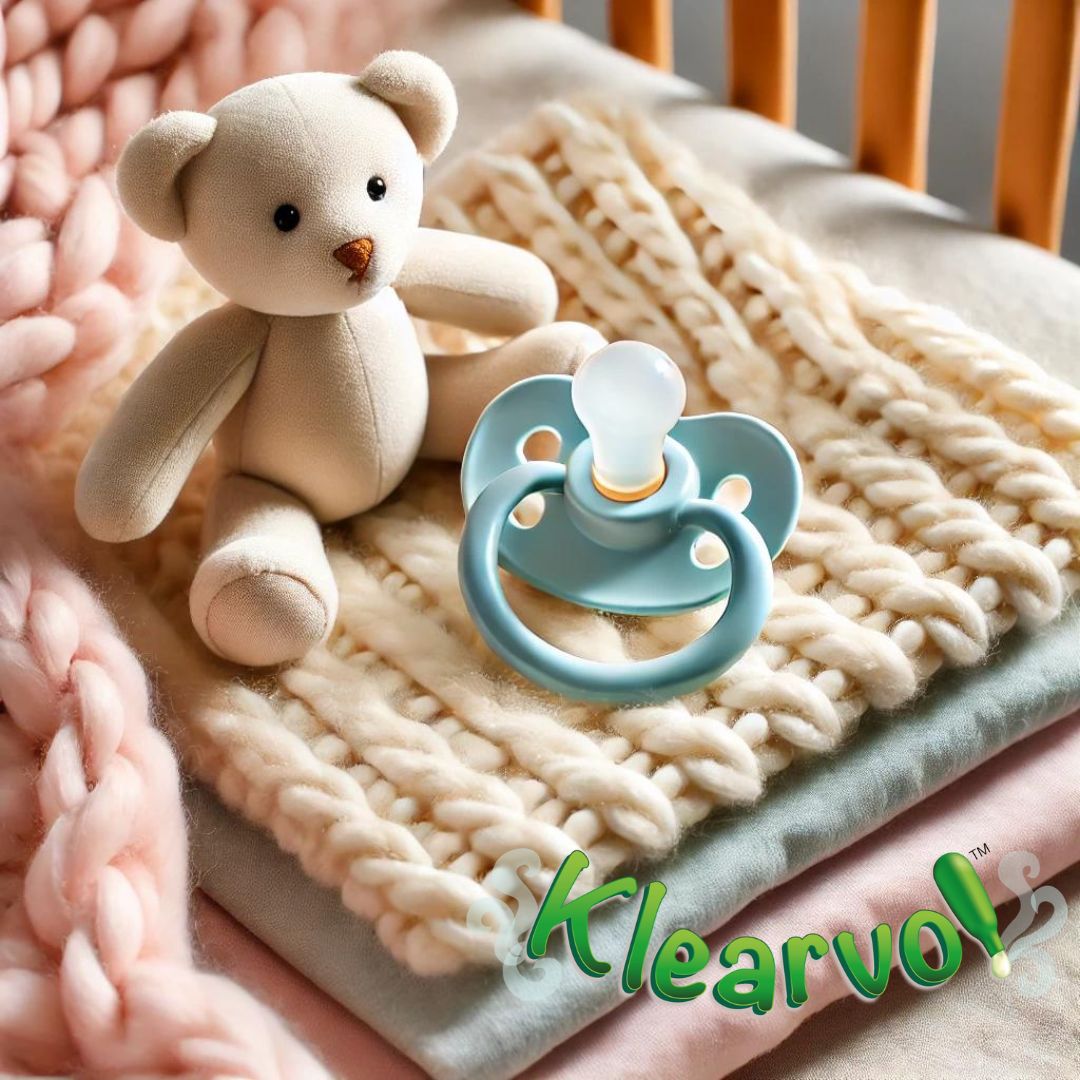
The Comfort of Comforters: Understanding and Managing Children's Reliance on Them
| Kat Maddox
Comforters, also known as loveys or security blankets, are beloved by many children around the world. These special items, whether they be blankets, soft toys, or pieces of fabric, provide a sense of security and comfort to little ones, especially during times of stress or change. In this blog, we'll explore the various types of comforters children use and offer some tips to help reduce their reliance on these items as they grow older.
Types of Comforters
- Blankets: One of the most common comforters is the blanket. Often soft and cuddly, these blankets are easy for children to carry around and can be a source of warmth and security.
- Stuffed Animals: Teddy bears, in particular, are a popular choice. Our very own Bebbington the teddy bear is a perfect example of a comforting stuffed animal that children can hold close.
- Pieces of Fabric: Some children find comfort in smaller pieces of fabric, such as a parent’s old shirt or a specific piece of cloth that has a soothing texture.
- Dummies: While not a traditional comforter, many children find immense comfort in their pacifiers. However, these can also be challenging to wean off.
Tips to Help Reduce Reliance on Comforters
- Gradual Reduction: Start by reducing the amount of time your child has with their comforter. Gradually limit it to specific times, like bedtime or nap time, before phasing it out completely.
- Introduce New Comfort Mechanisms: Encourage your child to find comfort in other ways, such as through bedtime stories, lullabies, or a special bedtime routine that includes lots of cuddles and reassurance.
- Positive Reinforcement: Celebrate and praise your child when they spend time without their comforter. Positive reinforcement can make the transition easier and boost their confidence.
- Replacement Items: If your child is particularly attached to their comforter, consider introducing a replacement item that they can carry instead. This could be a smaller, less noticeable item that still offers some comfort but is easier to manage.
- Be Patient: Remember, this is a significant transition for your child. Be patient and understanding. Every child is different, and some may take longer than others to give up their comforters.
Additional Resources
For more tips on managing children's sleep and comfort needs, check out our other blogs and follow us on Facebook and Instagram for updates and community support.
By understanding the importance of comforters and taking gentle, patient steps, you can help your child transition away from their reliance on these items. Remember, it's all part of growing up, and with a little magic and support, your child will thrive.
